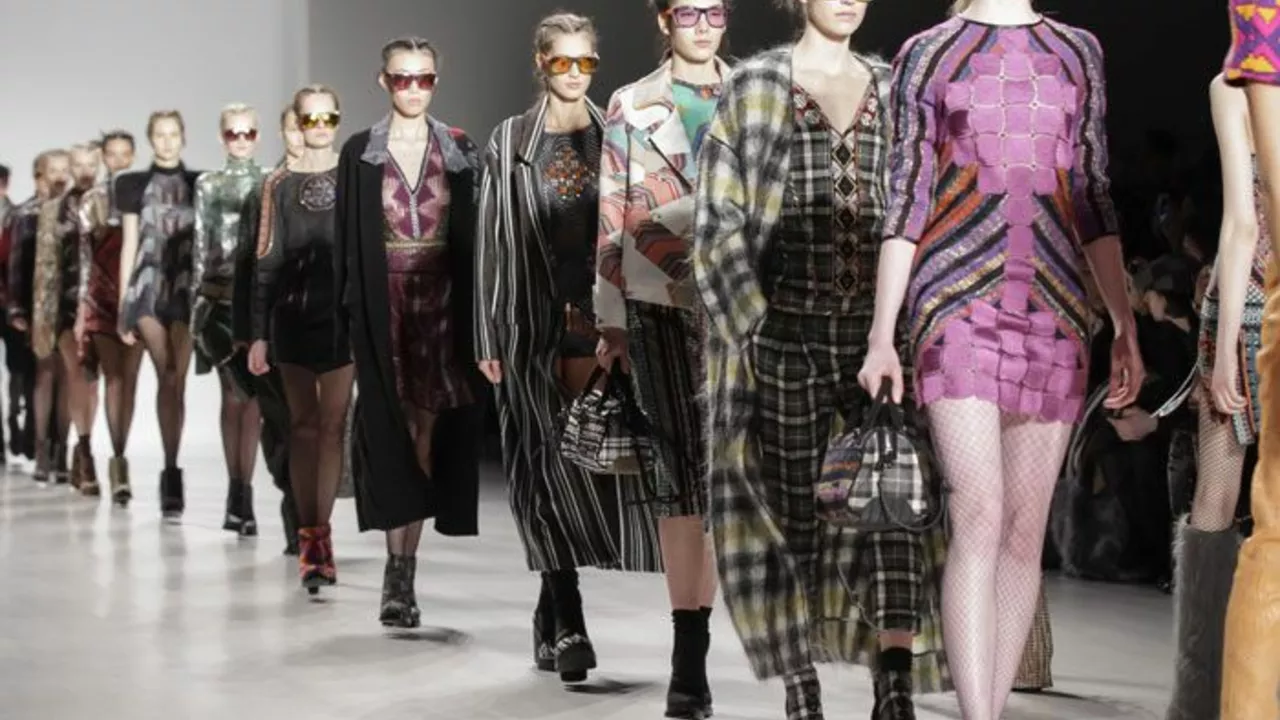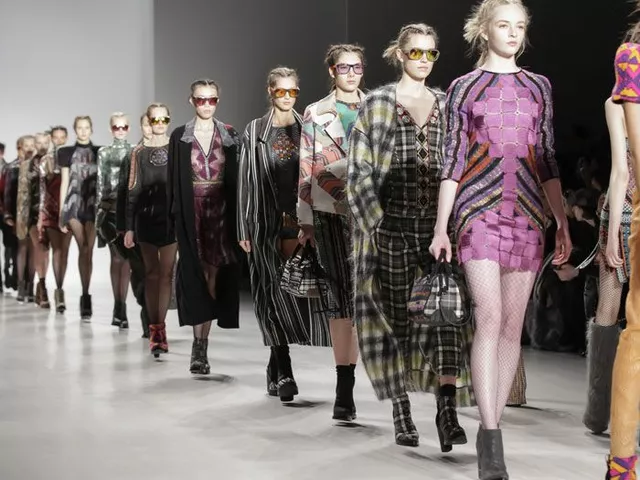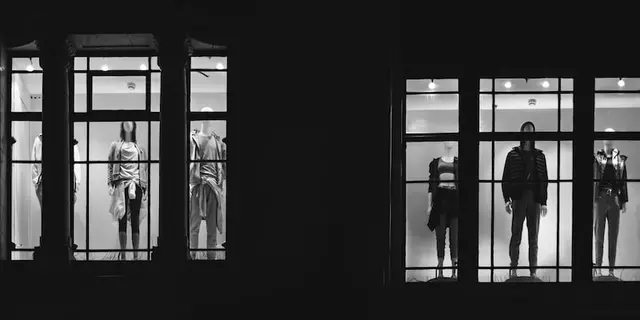The Mysteries of the Fashion World
Ever wonder why the clothing industry seems to be living two seasons ahead of the rest of the world? After all, it would be hard to predict if, come winter, Misha, my Siberian Husky, would prefer a new fluffy toy or a set of shiny dog boots. This mismatch between the fashion calendar and the actual seasons isn't due to designers having a quirky sense of humor or an advanced weather-predicting ability. No, there is a science to the madness!
Crafting the Dream: The Production Process
The magic of a fashion piece doesn't just start and end on the runway. Ah, if only it were that simple. If that were the case, Jasper, my Maine Coon cat with a sunny kittenish attitude, would probably give Oscar de la Renta a run for his money. But no, it's all about planning, planning, and more planning — imagine Tetris, but with fabrics and hangers. The entire process, from the designer's vision to the hanger at your local boutique, might span anywhere from 12 to 18 months. Fabric development, color swatching, sourcing, pattern making, prototyping, finalizing, manufacturing, and distribution — each step requires meticulous scrutiny and sizable lead time. The long production process explains why fashion needs to be two seasons ahead.
Trends Forecasting: Catching the Future Wave
'Seeing into the future' — this isn't a line off a fortune cookie but a critical skill fashion industry insiders cannot do without. Trend forecasting is where art meets science meets 'can I really predict if neon is going to rock two years from now?' It entails predicting the colors, fabrics, textures, and styles that will be popular in an upcoming season based on various social and cultural trends. The predictions aren't just wild guesses or abstract moves on a chessboard. It's about looking into human psychology, socio-cultural changes, and many other things. It would be less complicated, and arguably more fun, to try and predict Jasper's preference for mouse toys over feathered ones. But I suppose the mystique of fashion demands a touch more complexity, doesn’t it?
Buying Cycle: Inventory Mumbo Jumbo
Walking into a store filled with trendy clothes is like walking into a candy shop. The clothes even come in delicious hues of pastels and neons. But behind these enticing displays lie complex calculations and logistics, otherwise known as inventory management. Retailers usually buy their stock 6 months in advance, and pre-orders from buyers guide the production quantity and styles. You wouldn't want to mass-produce that flamboyant fluffy sweater only to have it gathering dust in the store, right? Hence, even the buying cycle contributes to the fashion industry's time travel.
Selling Cycle: Consumer Catch-22
Just as the world seems to love playing fetch with my cheerful Siberian Husky, Misha, it also loves a good paradox, and the world of fashion is no exception. Enter the selling cycle: a classic chicken or egg scenario where one is unsure if consumers respond to trends because they are advertised, or if they are advertised because consumers could conceivable want them. Regardless of the answer, this Catch-22 influences the fashion calendar. Collections are dropped early to seize the maximum market coverage, leaving enough room for markdowns and sales at the end of the season. It's a cyclical loop, like Misha endlessly chasing his tail. Except, you know, with stylish clothes involved.
Media and Marketing: The Magic Charm
One cannot discuss fashion trends without bringing the media into the picture. Just as Jasper can't resist a brand-new toy mouse, consumers are guided by influencers, media, and marketing. To strategize well in advance, fashion houses and designers present their collections to fashion journalists and stylists months ahead of the season. This step promotes press coverage and trendsetters' endorsement, aiding consumers in seeing the trends and planning their purchases. So, the next time you marvel at an Instagram post showcasing a suede coat on a sunny beach, remember that it's all part of the masterplan.
Challenges and Changes: A Brave New Fashion World
The world is changing — faster than a kitten growing into a cat, as Jasper would vouch. Consumers are now more environmentally conscious, leaning toward sustainable and non-seasonal collections. This shift puts pressure on the industry to rethink its traditional timeline and production and contributes to the concept of 'seasonless' fashion. Moreover, technological advancements are reforming manufacturing timelines. 'Micro-seasons,' customization, drop culture, and digital shows are incipiencies of this transformation. As Misha, my Siberian Husky would affirm, sometimes change can be good and exciting - much like that moment when you finally find your favorite toy under the couch after months of searching.







